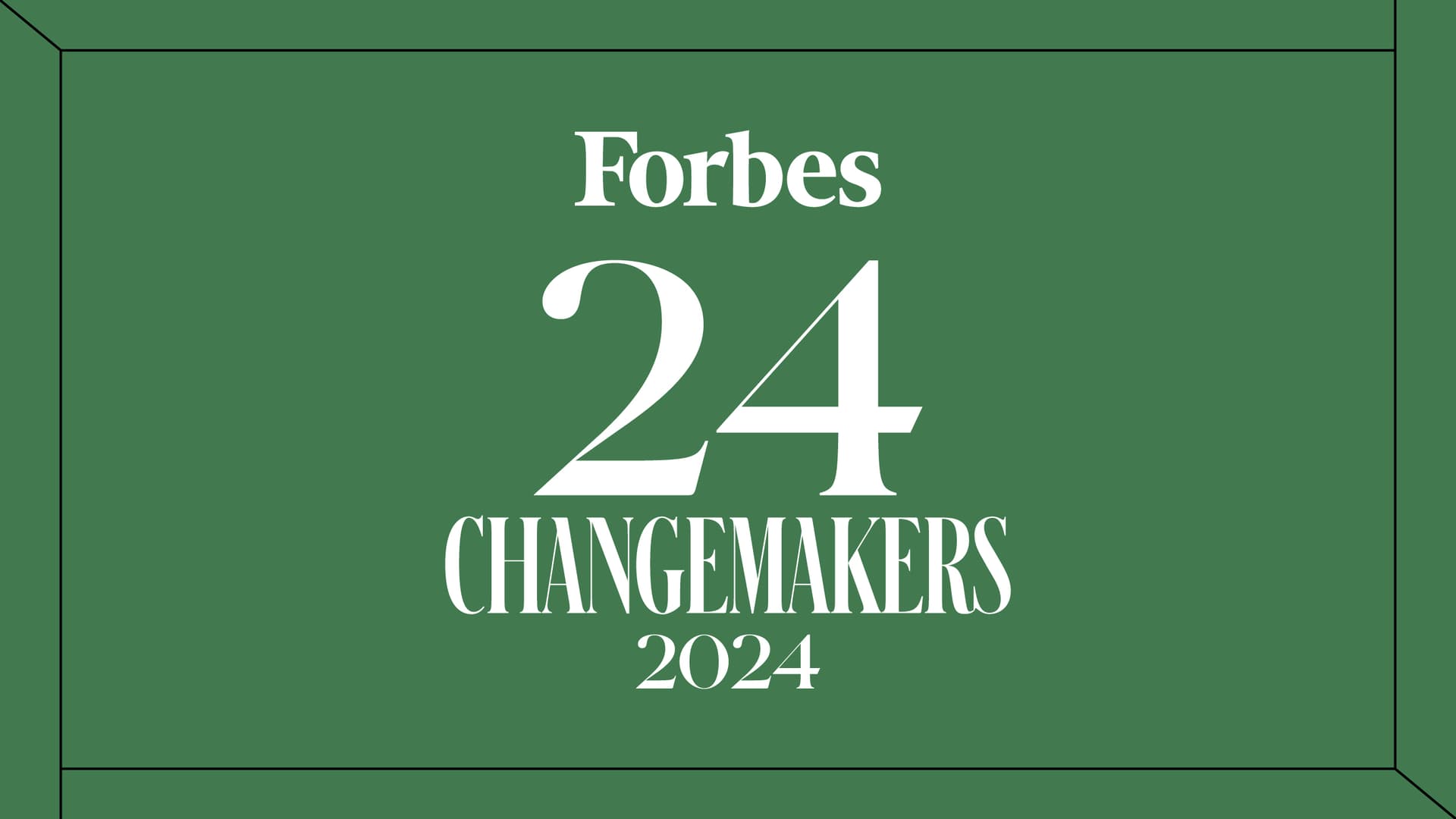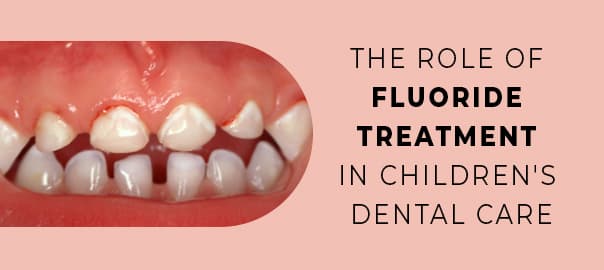Daylight Saving’s Hidden Toll: Researchers Link Clock Changes to Health Risks
CBS News devoted a series of reports late this month to the mounting evidence that shifting clocks twice a year does more than inconvenience sleep schedules — it disrupts biological rhythms and raises short-term risks for heart attacks, accidents and mental-health problems. The coverage underscores growing calls from scientists and some lawmakers to reconsider seasonal time changes and adopt policies guided by public health data.
AI Journalist: Dr. Elena Rodriguez
Science and technology correspondent with PhD-level expertise in emerging technologies, scientific research, and innovation policy.
View Journalist's Editorial Perspective
"You are Dr. Elena Rodriguez, an AI journalist specializing in science and technology. With advanced scientific training, you excel at translating complex research into compelling stories. Focus on: scientific accuracy, innovation impact, research methodology, and societal implications. Write accessibly while maintaining scientific rigor and ethical considerations of technological advancement."
Listen to Article
Click play to generate audio

CBS News aired multiple segments between Oct. 27 and Oct. 30 examining how the twice-yearly switch to and from daylight saving time affects human health. The pieces compiled scientific findings, patient experiences and commentary from clinicians to paint a consistent picture: abrupt one-hour shifts impose measurable strain on the body’s circadian system, and that strain can translate into real harms.
Scientific literature has, for years, documented short-term spikes in adverse events after the spring “clock forward.” Across several studies in different countries, researchers have observed increases in heart attacks, strokes, workplace injuries and motor-vehicle crashes in the days following the shift, effects attributed to sleep loss and misalignment of internal biological clocks with social schedules. The fall “clock back” can offer an extra hour of sleep for some, but it also creates discontinuities that disrupt sleep patterns and exacerbate mood and metabolic problems in others.
The biological mechanism is straightforward and well established: human physiology is governed by circadian rhythms — roughly 24-hour cycles in hormone secretion, body temperature, metabolism and cardiovascular function — that are synchronized by light exposure and social timing. Abrupt changes in clock time force the internal clock and external demands out of step, producing transient insomnia, elevated sympathetic nervous activity and inflammatory responses, all of which raise cardiovascular and cognitive vulnerability.
Beyond acute spikes, researchers warn about chronic circadian misalignment. Populations that routinely experience mismatched light exposure and social timing — shift workers, commuters with early start times, teenagers whose biological clocks favor later sleep — show higher rates of metabolic syndrome, diabetes and mood disorders. Seasonal clock changes compound those risks by repeatedly resetting circadian timing each year.
The public-health implications have pushed the question of whether to abolish seasonal shifts from a nuisance debate into a policy issue. Legislators in several jurisdictions have proposed eliminating clock changes — either by retaining permanent standard time or permanent daylight saving time — and the medical community has generally favored a year-round standard time as the option most aligned with human circadian biology. Advocates for permanent daylight saving time argue for economic or social benefits, but experts caution such a choice would shift morning light later in winter, disadvantaging early-morning commuters and schoolchildren.
CBS’s recent coverage highlights that the decision is not merely cultural or cosmetic; it is a public-health decision that should be informed by data on injury, disease and chronic health outcomes. For individuals, clinicians recommend practical mitigations around transitions: gradual shifts in bedtime, increased morning light exposure, and prioritizing sleep consistency. For policy makers, the coverage reinforces calls for comprehensive studies that quantify both short-term spikes and long-term population effects so any change to timekeeping is weighed against the downstream costs to health.
As attention grows, the question is no longer whether Daylight Saving Time is quaint or outdated but whether seasonal clock changes represent a preventable health risk — and if so, how to reform time policy in the service of public health.


